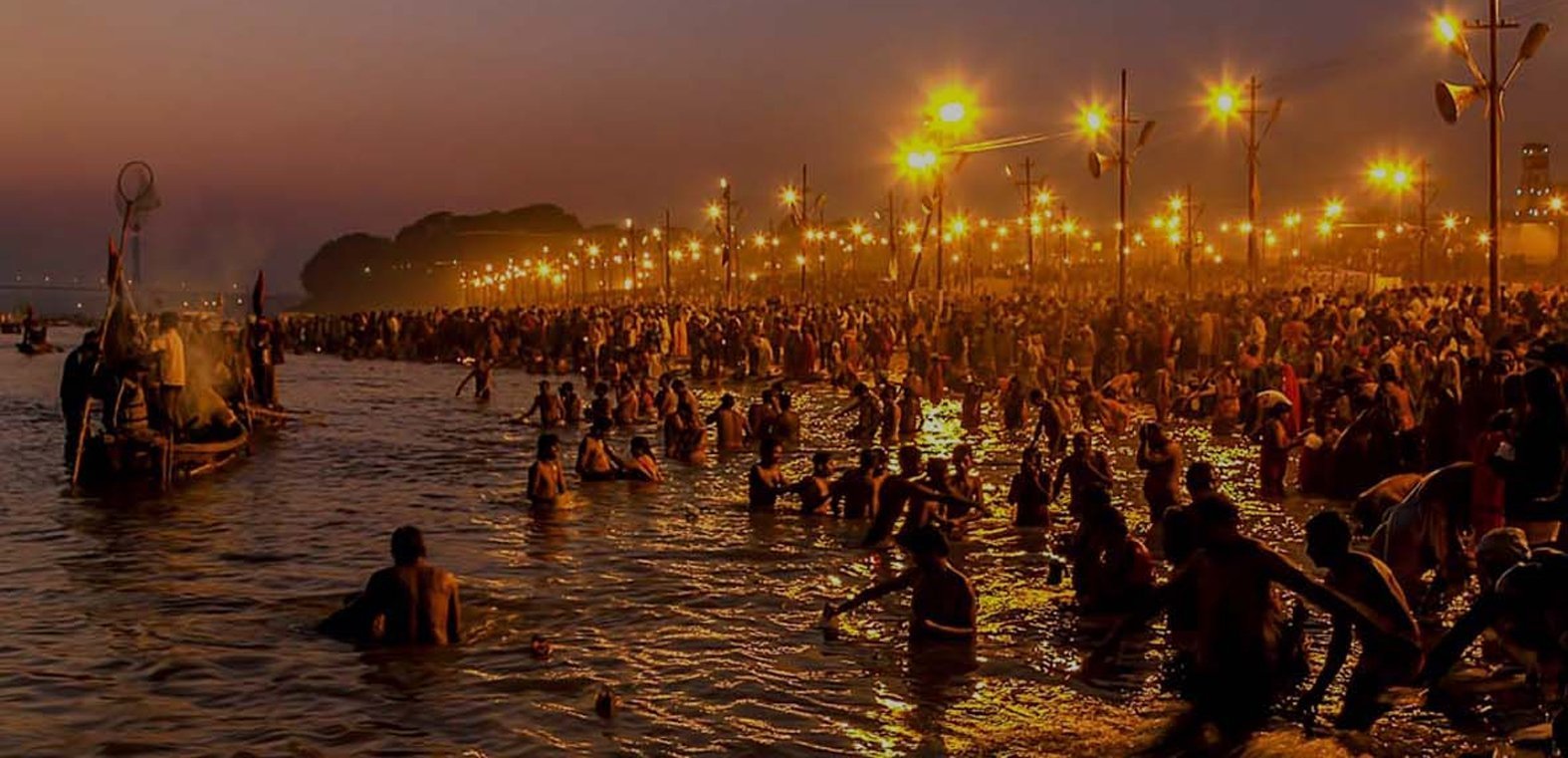
Kumbh Mela: World’s largest religious congregation
Kumbh Mela is the most peaceful gatherings and largest religious congregation in the world. It is observed by Hindu pilgrims where they bath in a holy river and clear all their sins. Hindus believe that those who bath in holy water during Kumbh Mela are eternally blessed with divine and all their sins are washed away and they come one step closer to salvation.
The history of Kumbh Mela holds back from around 850 years. There is a belief that Shankaracharya started this tradition but according to some holy books Kumbh was already started from the earlier periods after Samundra Manthan. During Manthan, the nectar of immorality was spilled in Haridwar (river Ganga), Allahabad, Ujjain and Nasik. This is why the Mela is held in every three years and switches between these four locations. It is also believed that during the time of Mela the waters of these sacred rivers are turned into nectars. The exact dates are calculated according to the combination f Sun, moon and Jupiter. And this year it is held in Allahabad (started on Jan15, 2019 and will end on March 4, 2019).
Kumbh Mela is made from Kumbh and Mela where Kumbh is the immortal pot of nectar which the demons and gods fought over as described in Vedic scriptures and Mela as we all know is fair or gathering. The devatas and demons agreed to complete a task together and conjointly found nectar of immorality but the devatas forcefully ceased the pot and ran away ensuring its safety. After this, the demons chased the devatas for 12 days. According to our Hindu scriptures, one day of Devatas equals to 1 year for human beings. So the war for the elixir of immorality continued for around 12years. During this time, the drops of elixir dropped in four places: Haridwar (River Ganga), Allahabad, Ujjain and Nasik. This is why the fair is observed once in 12 years in all those four sacred and holy places. The drops of nectar purify the holy river during the time of Mela; thousands of pilgrims visit here for essence and purity.
The first written evidence of Kumbh Mela is mentioned in Bhagwat Purana. The other evidence is from a Chinese traveler who visited India in 629-645 AD. In Kumbh Mela first bath is taken by the saints at 3 am. This practice is called Shahi Snan. After this tradition, other common pilgrims are allowed to take bath. The mela also have other activities of Pravachan, Kirtan, and Maha Prasad. Several holy men and saints from Hindu religion visit the Mela including Nagas(who don’t wear clothes), Kalpwasis ( who bath thrice a day), Urdhawavahurs ( who believe in putting their body through various austerities). These holy men all come together at a same place and perform various rituals representing their own lifestyle and their respective groups.
This year’s gathering is held in Allahabad after being held in 2013. The Kumbh Mela of Allahabad in 2013 attracted over 10 crore population. For the 2013 Mela, the officials set up 14 temporary hospitals, staffed with 240 doctors, more than 40,000 toilets and stationed 50,000 police officials to maintain order. This year around 2 crores of devotees are found observing the fair. The major attraction of fair this year has to be the foreign saint, Daniel Baba. Creating about 650,000 job opportunities and earning 12,000 crore in 2013, this year’s Kumbh Mela also is being observed and celebrated with great faith and devotion.
नेपालीमा पढ्नुहोस्: प्रयागराजको कुम्भ मेला बिशेष

